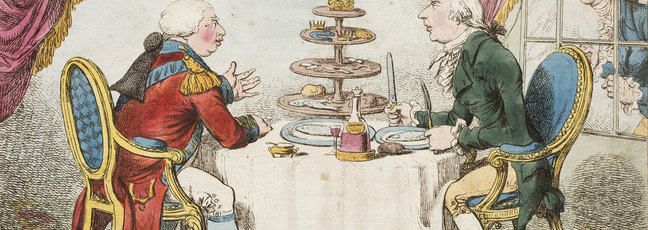Why FutureLearn?
Learn anything
Whether you want to develop as a professional or discover a new hobby, there's an online course for that. You can even take your learning further with online microcredentials and degrees.
Learn together
Join millions of people from around the world learning together. Online learning is as easy and natural as chatting with a group of friends.
Learn with experts
Meet educators from top universities and cultural institutions, who'll share their experience through videos, articles, quizzes and discussions.
